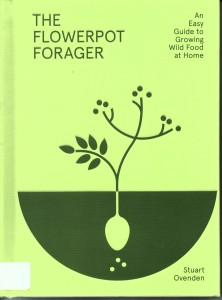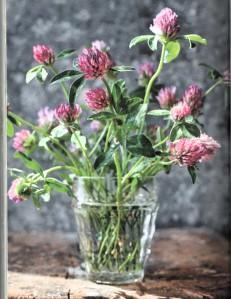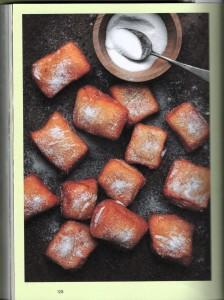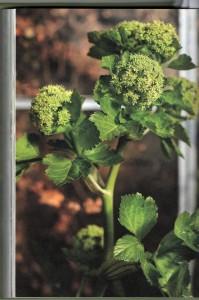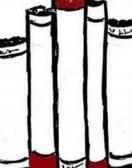As it is Easter weekend, I thought that I would put up a quick garden-related post inspired by a book that I ordered from my local library in January. I originially spotted it in a bookshop while over in the UK before Christmas but I ended up buying a copy as a gift rather than one for myself. The Flowerpot Forager by Stuart Ovenden (Hardie Grant Book, 2023) happily combines two of my favorite outdoor interests, foraging and container plant gardening. The book has a UK focus but the plants discussed are all native/naturalised in Ireland too. This may yet become a genuine Landing Book Shelf title as I will probably buy my own copy in due course to add to my gardening/foraging/nature collection.
I have been browsing through the book for a while, looking for ideas for new projects to undertake. The book is beautifully presented and illustrated, a tempting book for armchair gardening on a cold winter’s evening. But now, with the sap finally rising, I have decided to be systematic and compile a shortlist of ideas for a spot of flowerpot foraging this year. I am very taken by the idea of raising plants that wouldn’t be immediately obvious choices for containers. And, I’m with the author in that much as I enjoy a spot of foraging, sometimes it can be tricky to be sure that your identification is correct or you may not have a good patch of whatever you seek close to hand.
The book is therefore mainly focussed on raising your own crops of plants more usually found in the wild, though Ovenden does offer some general advice on foraging as well. He gives instructions for growing thirty plants from seed or cuttings, as well as examples of culinary uses for your crops. I have been busy with scraps of paper (no hi-tech here) marking a few plants that I want to try. I was able to rule out borage and watercress as I grew those for the first time in the last year or two as container plants.
In the end I came up with a list of eight gardening-foraging subjects for my future attention. I was pleased to see Ransoms mentioned as I bought a packet of seeds before Christmas. Rather disappointingly however, Ovenden says that if growing from seeds, you may have to wait a year or two to obtain a substantial crop. He recommends digging up some bulbs from the wild (with the appropriate permissions) or buying bulbs from a supplier. Well, as I like a gardening challenge, I suppose that I will stick with my seeds and see what happens. Patience will be the ingredient most required I feel.
Apart from Ransoms, I have a list of possibles comprising, Elder, Bramble, Chickweed, Dog Rose, Alexanders, Pink Clover and Meadowsweet to be going on with this year. I am not too sure about the idea of raising Stinging Nettle in a pot, although I have previously foraged for leaf tips and made soup (perhaps not surprisingly this was a pandemic pursuit along with banana bread making). And, I will need some persuading to cultivate dandelions in my patio pots as they are already prone to pop up elsewhere without much encouragement. One plant project that I have mentally put on a To Do List for now is that of growing Marsh Samphire from seed. I am intrigued by the possibility so that is something that I would like to try in the future.
A nice bonus in the book is a recipe or two for using each plant to get you started on using your foraged crops. I am very tempted by the recipe for Alexanders Seed & Orange Beignets, which look absolutely delicious. First, grow your plants (or forage your seeds), as Mrs Beeton might have said…
